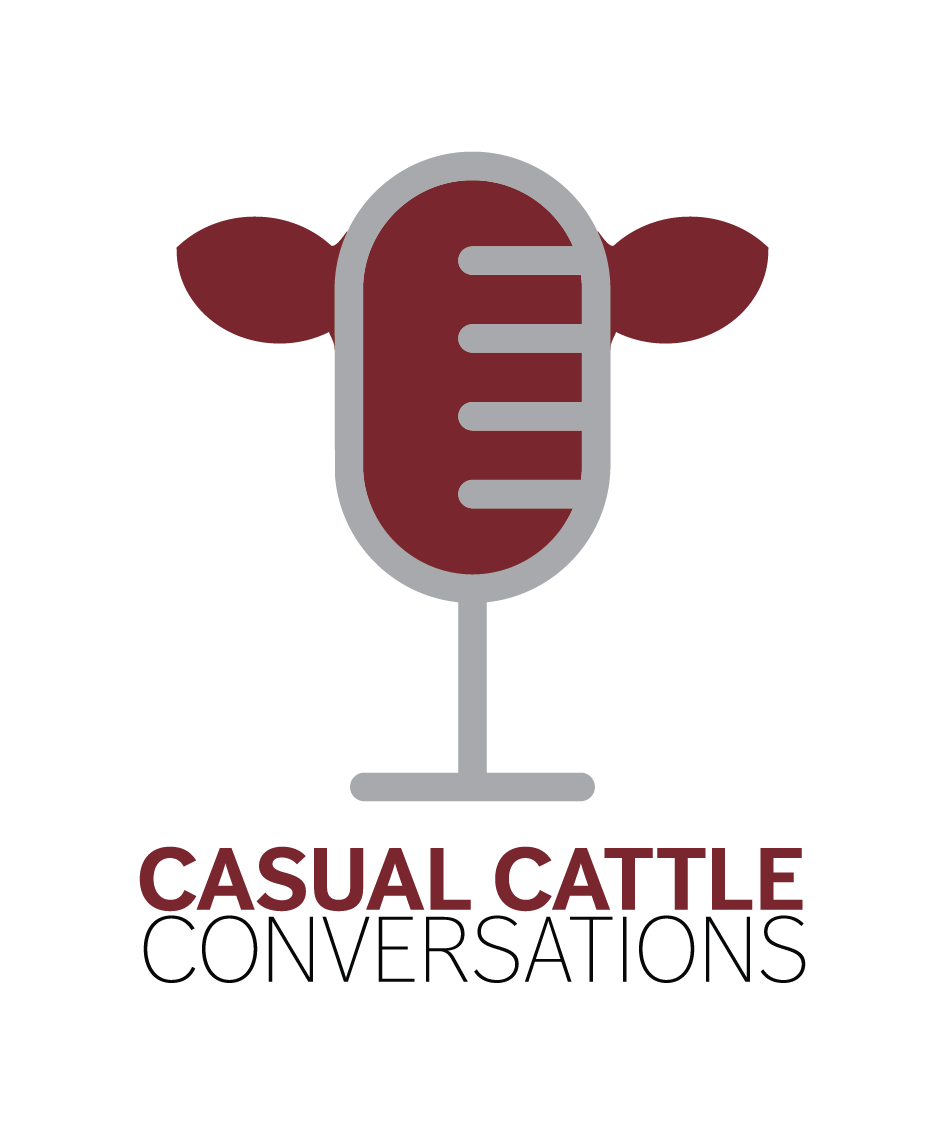Creep Feeding: Will it Pay Off?
Learn if creep feeding is a profitable practice.
To creep feed or not to creep feed. That is the question many ranchers ask themselves during the summer. Feed of any kind is always an added input, so what should ranchers consider to ensure this practice is profitable? Mark Johnson – Professor of Animal and Food Sciences at Oklahoma State University – shares several creep feeding pointers in Season 8, Episode 22 of the Casual Cattle Conversations podcast.
Before you can determine if a practice is profitable, you must first ask yourself the purpose of the practice. Johnson says, “The bottom line of creep feeding is to put additional weight on calves through additional nutritional resources that only the calves have access to.” This is done by providing feed to calves that their mothers do not have access to.
A secondary benefit to creep feeding is that it acts as a pre-weaning aid. Calves become used to eating out of a feeder, which will reduce stress and offer some familiarity in diet and routine once weaning comes around.
Creep feeding doesn’t come without its challenges either. The practice requires additional equipment to provide the feed and producers need to be cognizant of reducing spoilage, keeping feed fresh and that rodents can help themselves to the ration as well.
Once producers weigh the pros and cons, it’s time to pencil out the cost of gain. Johnson says, “Historically, when we looked at research data, we did not find it cost effective when comparing the cost of gain to the value of a weaned calf. Now, the current cattle market we are in is a game changer.” Creep feeding is a practice he pencils out for his own cattle each year to determine if it financially makes sense. “We were putting gain on for far less than the gain was worth and were simultaneously experiencing a drought. It penciled out for us last year.”
One consideration sometimes forgotten about is that not all added weight on calves is created equally.
“In some cases, that additional weight results in over-conditioning, which results in a discount in the marketplace,” says Johnson.
If creep feeding does pencil out for ranchers, they should consider the quality of their grass and age of their calves when deciding the ideal protein and energy levels of the feed. The length of the feeding period should also be factored.
Johnson says, “You can creep feed one to two months prior to weaning and can see adequate benefit compared to feeding for extended periods.”
If creep feeding doesn’t look like a profitable practice but producers still want to provide calves with feed that their mothers don’t have access to, creep grazing is another option to consider. (Learn about creep grazing here.)
“If there is the possibility to have an area of pasture that only calves have access to, you can also get an effective cost of gain,” says Johnson.
Remember that only you can determine what is profitable for your operation and that input and cattle prices vary from year to year. Johnson says, “One of the things I love about the beef industry is that we raise cattle in a variety of production environments and nothing is a one-size-fits-all practice. So, I encourage people to put pen and paper to their practices to see what works for them.”

